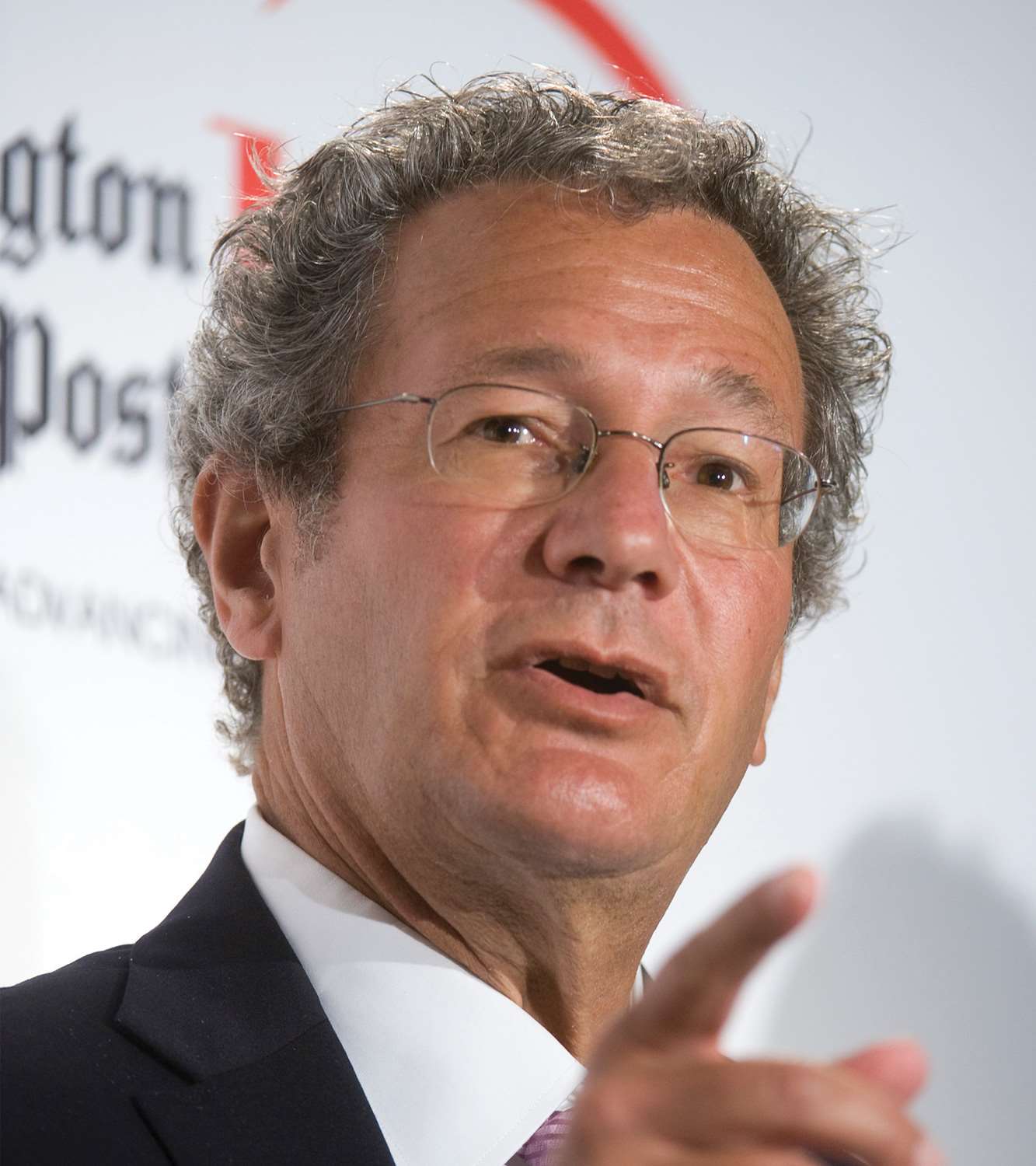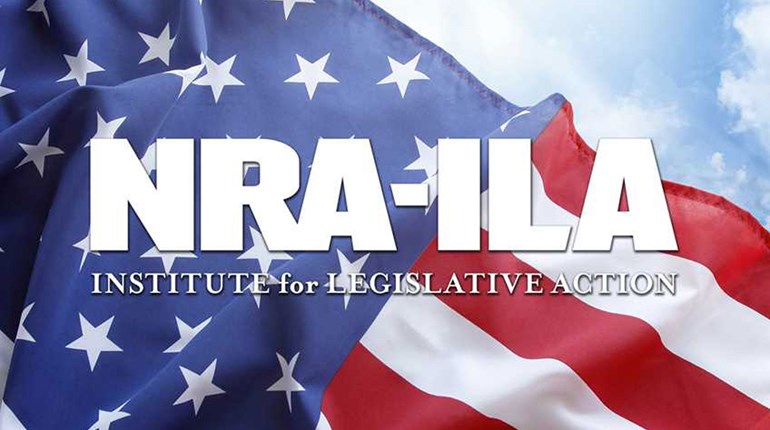
This feature appears in the December ‘16 issue of NRA America’s 1st Freedom, one of the official journals of the National Rifle Association.
If you read the medical journals and the propaganda from medical organizations, you would think all doctors hate guns. In fact, most of the medical journal articles on gun ownership could easily be headlined, “Buy A Gun And Die.”
But a closer look shows that American Medical Association (AMA) membership continues to dwindle and the anti-gun “studies” invading medical journals are little more than junk science. Most of this junk science has been generated by big grants from the federal government’s Centers for Disease Control (CDC).
The CDC’s involvement is a story in itself. Dr. Arthur Kellermann teamed up with medical examiner Dr. Donald Reay in the 1980s to study gun homicides in King County, Wash., where they both were situated. They concluded that guns in the home were associated with more deaths (84 percent of them being suicides) than with attackers or burglars killed in self-defense.“We’re going to systematically build a case that owning firearms causes deaths. We’re doing the most we can do, given the political realities.” “Given the political realities,” simply means, of course, that they can’t push for confiscation … yet.
This was really not surprising: People do not choose to own a gun in the hopes of winning the body count. Studies have shown that defenders against burglary, for instance, rarely shoot unless forced into it, and few sane burglars want to push them that far. Upward of 95 percent (and some studies say closer to 99 percent) of defensive gun uses do not send the criminal to the morgue. Kellermann and Reay even admitted the limitations of their study, noting: “Mortality studies such as ours do not include cases in which burglars or intruders are wounded or frightened away by the use or display of a firearm. Cases in which would-be intruders may have purposely avoided a house known to be armed are also not identified. We did not report the total numbers or extent of nonlethal firearm injuries involving guns kept in the home. A complete determination of firearm risks versus benefits would require that these figures be known.”
In other words, this study actually proved nothing about whether private firearm ownership was good or bad. The mass media, of course, ignored that caveat and reported the conclusion as, “Firearms in the home do more harm than good.”
Kellermann’s work caught the attention of the CDC, which was more concerned with achieving an anti-gun agenda than with getting solid data. At least they were honest about it.
“We need to revolutionize the way we look at guns, like what we did with cigarettes,” the CDC’s Dr. Mark Rosenberg told The Washington Post. “It used to be that smoking was a glamour symbol—cool, sexy, macho. Now it is dirty, deadly—and banned.” Another CDC official had this to say: “We’re going to systematically build a case that owning firearms causes deaths. We’re doing the most we can do, given the political realities.” “Given the political realities,” simply means, of course, that they can’t push for confiscation … yet.
For that agenda, treating guns as a medical issue and publishing in medical journals offered a key advantage—editorial ignorance. For 20-plus years, all serious studies of guns and gun control had been published in journals of criminology or sociology. A number of criminologists had distinguished themselves in the field. David Bordua, Alan Lizotte and Gary Kleck all stood out as experts, and they had generally found that violent crime rates were not affected by gun control or by the percent of households that own guns. Most of these authors, it might be added, had started out assuming that gun control reduced crime rates, but they changed their minds when they found the data pointed in the other direction.
Most academic journals feature peer review, in which a potential article is sent to recognized experts for their critique. Sending a manuscript to a journal of criminology would risk it running into editors and peer reviewers who knew what they were talking about, and who might respond, “But Bordua reached the opposite conclusion, and his methodology was far better than this article’s,” or “Kleck showed why that approach didn’t work, 10 years ago.”
Submitting the manuscripts to medical journals solved this problem for the anti-gun crowd. A peer reviewer who was, say, an expert on mosquito-borne tropical diseases would not know of the many existing criminological studies done in the past, nor would he know that a statistical tool useful in studying malaria was of no value in studying violent crime.
There was also another consideration to using medical journals. Recall how often you’ve read of one medical study debunking an earlier one, or been told to eat this or that for your health, only to be told later that that diet was terrible. A 2005 article by John Ioannidis, titled “Why Most Published Research Findings Are False,” demonstrated that this was a very widespread problem in medical writings. Medical journals are predisposed to publish anything that says one thing causes or cures another, and have minimal capability to double check the author’s claims.
The CDC’s grant recipients took full advantage of these matters, and quickly found that the New England Journal of Medicine was open to publishing anything anti-gun. In 1988, Dr. John Sloan and Kellermann used that forum to publish “Handgun Regulations, Crime, Assaults, and Homicide: A Tale of Two Cities.” Comparing Seattle, Wash., with Vancouver, British Columbia, it noted that Seattle had much higher rates of firearm assault and of murder by handguns, and concluded that Canadian gun control must be the determinant for Vancouver’s lower rate. Thus, “A more restrictive approach to handgun control may decrease national homicide rates.”By 1996, CDC was pumping $2.6 million a year into anti-gun propaganda, but gun owners and Congress had had enough. That year’s CDC budget had a rider forbidding spending to promote gun control.
The study did not fare well. It was obvious that comparing two cities allowed almost unlimited “cherry-picking” of data. In fact, it was soon revealed that another academic, Dr. Brandon S. Centerwall, had conducted a study comparing homicide, not just in two cities, but in all the American states and Canadian provinces along the international border. He concluded that there were no consistent differences: Sometimes the American state had the lower rates, sometimes the adjacent Canadian province did. “Major differences in the prevalence of handguns have not resulted in differing total criminal homicide rates in Canadian provinces and adjoining U.S. states,” he reported.
What was even more significant was that Centerwall had given Sloan a copy of his study before Sloan wrote his own article. So Sloan knew before he wrote about his study that overall the relevant Canadian homicide rates were not lower than the relevant American ones, and that his own comparison of two cities was a matter of cherry-picking an isolated result.
The next major anti-gun claim came in a 1993 issue of the New England Journal of Medicine, which was steadily becoming the anti-gunners’ publication of choice. Financed by the CDC, with lead author Kellermann, the study was titled “Gun Ownership As a Risk Factor for Homicide in the Home.” Its conclusion was that keeping a gun in the home more than doubled the risk of dying from homicide in the home. It was accompanied by a two-page editorial calling for more gun control. (When readers complained, the editorial author went on a rant: “Congress has finally heard the wail of the people, and NRA has lost some of its hold on lawmakers.”)
Kellermann’s study of course grabbed headlines for a time, but its results were pure bunkum. The authors had taken a list of gun homicide victims in three locations, and asked the victims’ relatives and friends about their habits and whether they owned a gun. Then he made a comparable list of the victims’ neighbors with similar demographics, and asked them the same questions. The homicide victims had been more likely to have handguns in the home than the living neighbors. Conclusion: Possessing a handgun makes it more likely that you will be killed by it.
Comparisons of this type were valid in medicine, because you and your neighbors, all things being equal, are about equally likely to catch a disease. But criminality isn’t like that. A person and his neighbor may have entirely different homicide risks if the person’s income comes from dealing illegal drugs and his neighbor’s income comes from a legitimate job.
That was actually the case here. Compared to the living neighbors, the murder victims were, for instance, five times as likely to have been using illegal drugs, and twice as likely to have a criminal record.
And the study had an even worse flaw. The article spoke of people who possessed a gun in their house being killed, and created the impression that the gun and the death were connected. But critics soon uncovered the fact that a majority of the homicides involved killers who had brought their own gun to the house; it was pure coincidence that the victim owned a gun as well. The fact that a drug dealer owned a gun and was shot by a rival with the rival’s gun was being used to show that owning a gun was dangerous, when actually, it was being a drug dealer that was dangerous. But for anyone but drug dealers, the study was completely worthless.
By 1996, CDC was pumping $2.6 million a year into anti-gun propaganda, but gun owners and Congress had had enough. That year’s CDC budget had a rider forbidding spending to promote gun control. To make sure it got the agency’s attention, Congress also took the $2.6 million it had misused, and earmarked that sum for true medical research. The CDC became cautious and began spending its funds on researching cancer, aids, the Zika virus and other things that involved, well, disease control.
This hasn’t completely stopped the production of junk science in the medical journals, but it does mean that Michael Bloomberg or the Joyce Foundation, rather than we taxpayers, are now having to finance it.

Correction: In the December 2016 print issue of America’s 1st Freedom, this feature was accompanied by a photo of the wrong Dr. Mark Rosenberg. A stock photo search for his name turned up more than one doctor by that name, and our staff inadvertently selected the wrong one. Our sincere apologies to the good Dr. Rosenberg, whose picture we mistakenly printed. A correction will also be printed in the next print issue of America’s 1st Freedom. Here is a photo of the correct Dr. Mark Rosenberg.


































